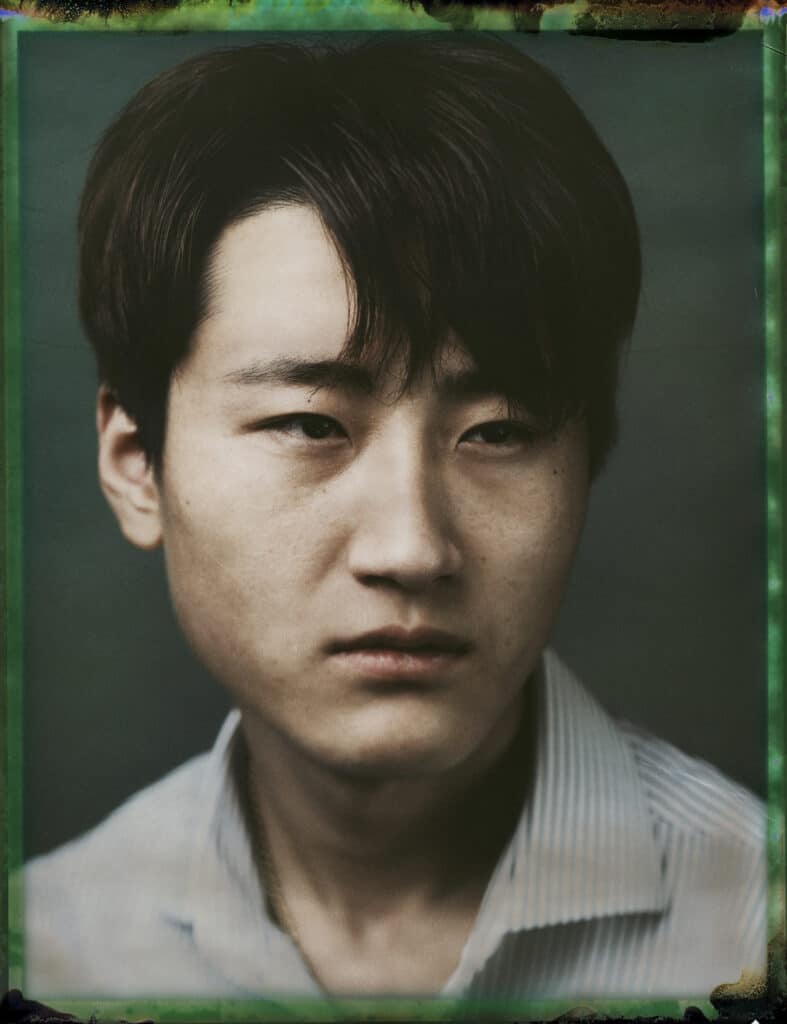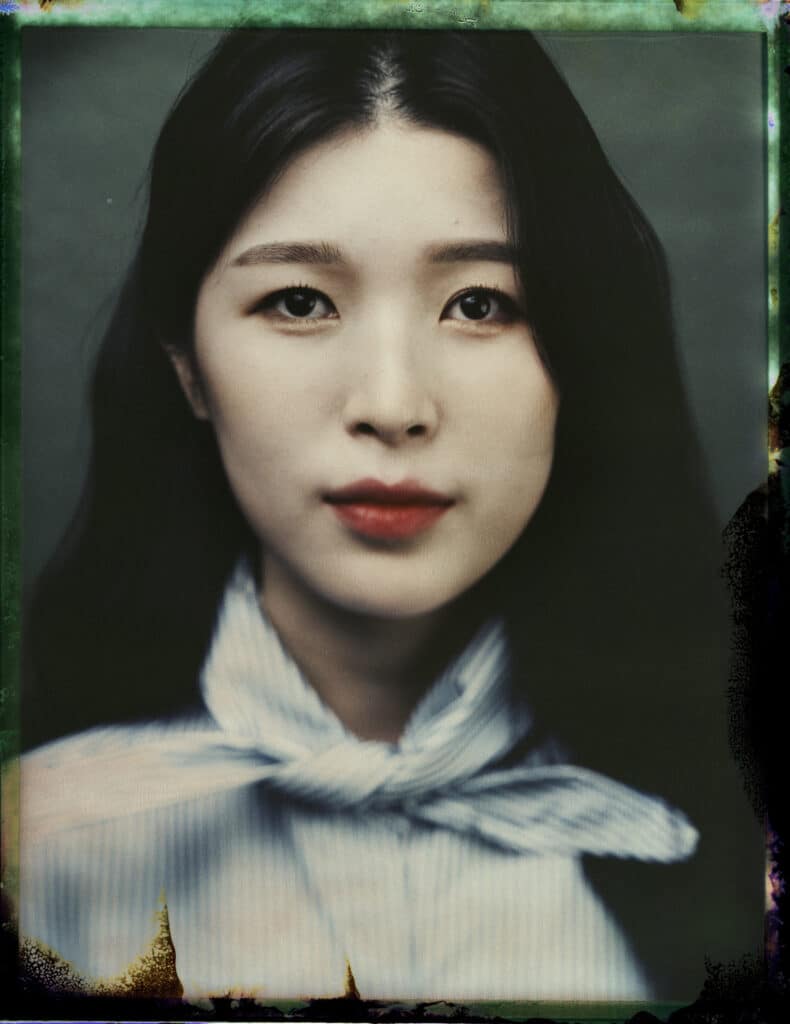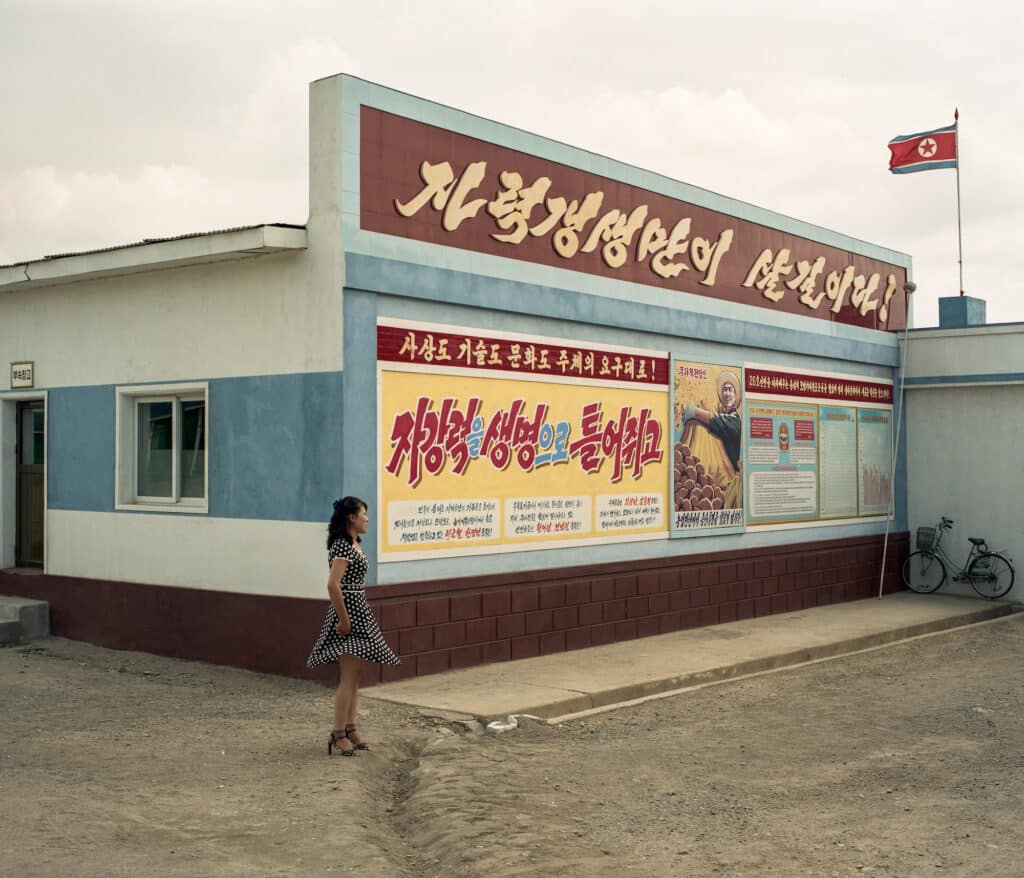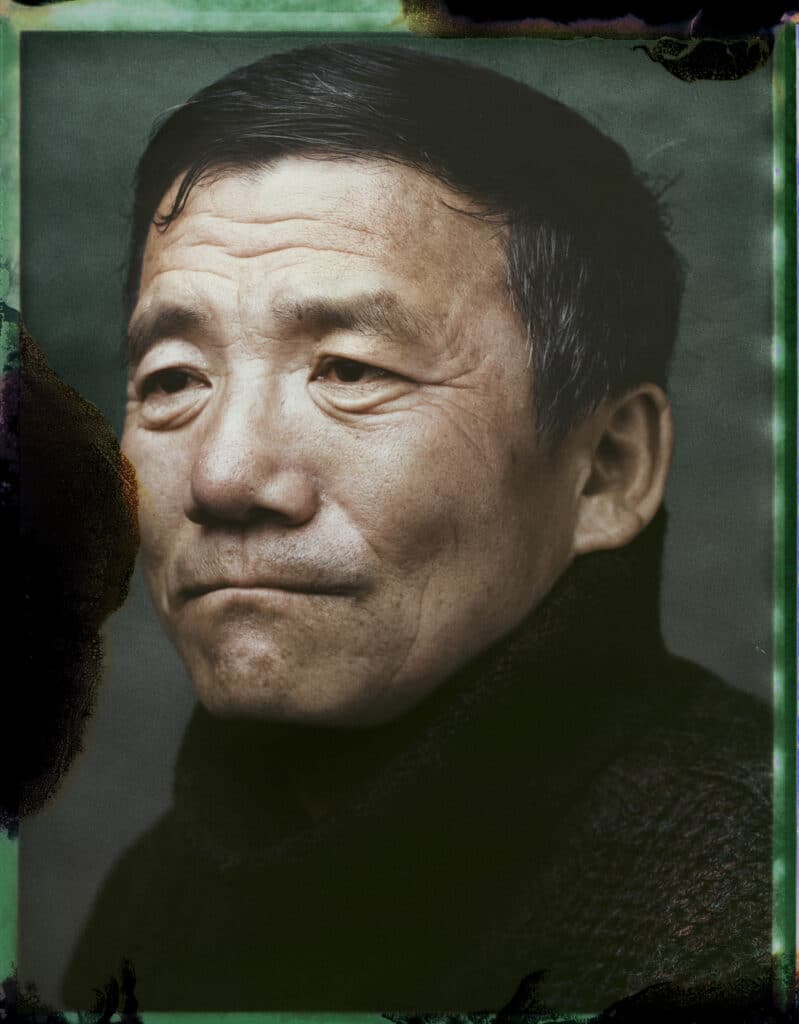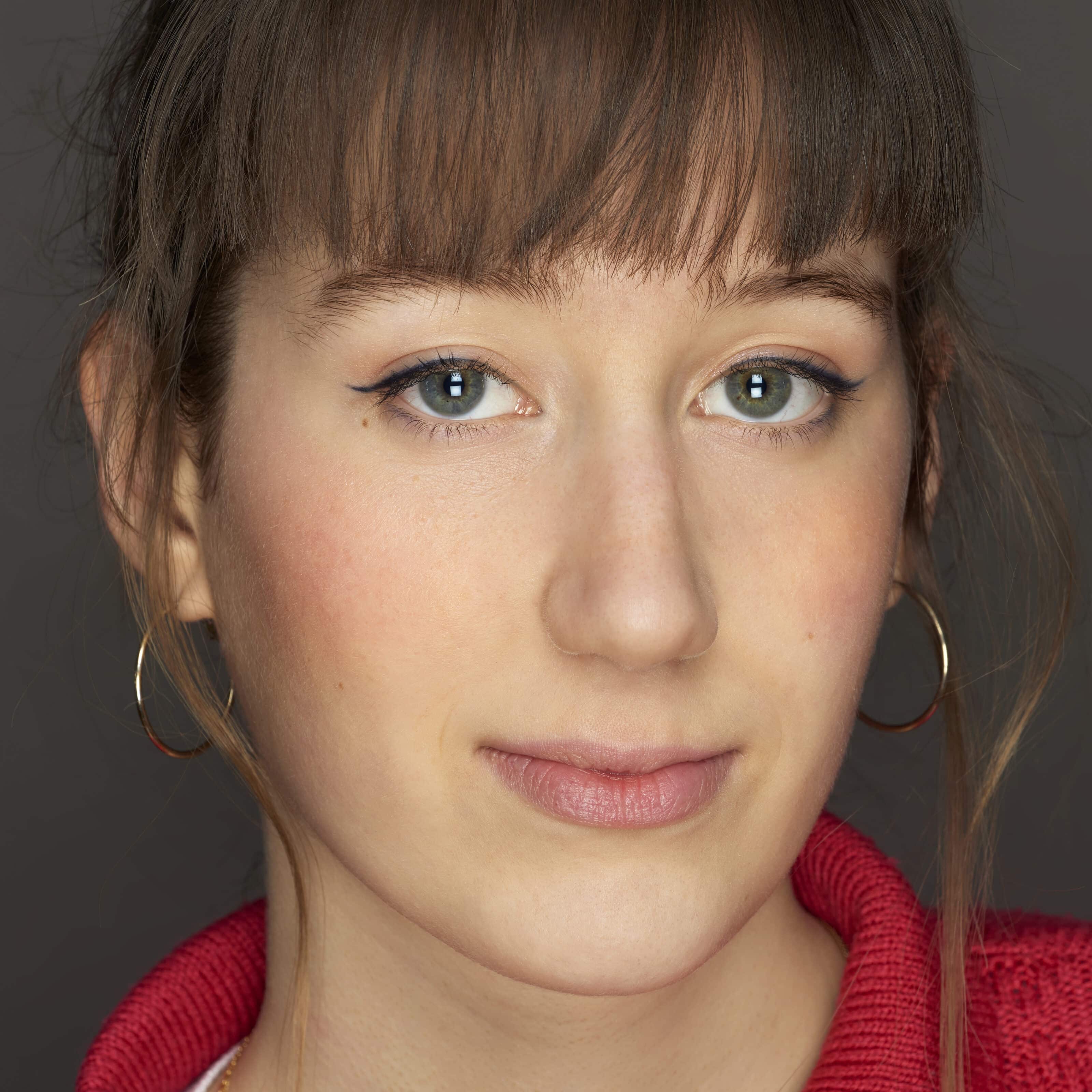Winter 2017. Noh Cheol Min was a soldier in North Korea. The day before, the regimental commander had accused him of stealing extra rations. There were blows, shouts, insults. Alone at his post in the freezing cold, Noh Cheol Min had nothing left to lose. As if driven by an invisible force, he stepped forward and crossed the border. Each of his steps could set off one of the million landmines buried underfoot. His footsteps followed animal tracks still visible in the snow. Nothing exploded. Without really understanding where he was, he arrived in South Korea. Suddenly everything accelerated. Exhausted, he became aware of a distant voice, he managed to decipher: “If you want to defect to South Korea, raise your hand!” In a last burst of adrenalin, Noh Cheol Min did as told, and then passed out.
Noh Cheol Min was one of the youngest deserters Tim Franco interviewed. Above all, he was the only one to have escaped through the DMZ. Also known as the Korean Demilitarized Zone, it is guarded by 700,000 North Korean soldiers and 410,000 South Korean troops. Searchlights, landmines, underground tunnels, machine guns, miles of barbed wire, antennae, and watchtowers… this is probably the best-guarded state border in the world. And yet, since the end of the Korean War in 1953, an estimated 30,000 North Koreans have fled repression and crossed into the South.
This country that’s not my own
Working with a 4×5 view camera, a Fuji instant camera, and a series of chemical procedures, the Franco-Polish photographer Tim Franco imagines a concept of photography. Analog portraits of defectors were taken in the studio using Polaroid instant film. Franco obtains a usable positive and a negative of the developed print. The photographer then recovers the negative and purifies it using chemicals, which alter the final rendering.
“North Korea is part of an Orwellian world”
“It’s a kind of stolen portrait on analog material that isn’t supposed to be used, in the same way as North Koreans aren’t supposed to exist outside North Korea.” For North Koreans, defection is the ultimate crime: erased from the national registry, they have ceased to exist. “North Korea is part of an Orwellian world,” the photographer notes with irony.
Unperson builds on Metamorpolis, Franco’s first project which focused on the Chinese city of Chongqing, one of the world’s fastest-growing megacities. The photographer portrayed the daily lives of the predominantly rural population, victims of unbridled urban expansion. “I’m interested in people who have spent lives in an alien environment, and are suddenly thrust into another world. In Unperson, it’s roughly the same thing.”
When defectors arrive in South Korea, they experience an enormous cultural, administrative, and social shock. They go from a totalitarian regime similar to 1960s’ China, where everything is controlled by the government, to a capitalist, highly standardized, image-based way of life. The contrast is so violent that some even feel like returning to North Korea.
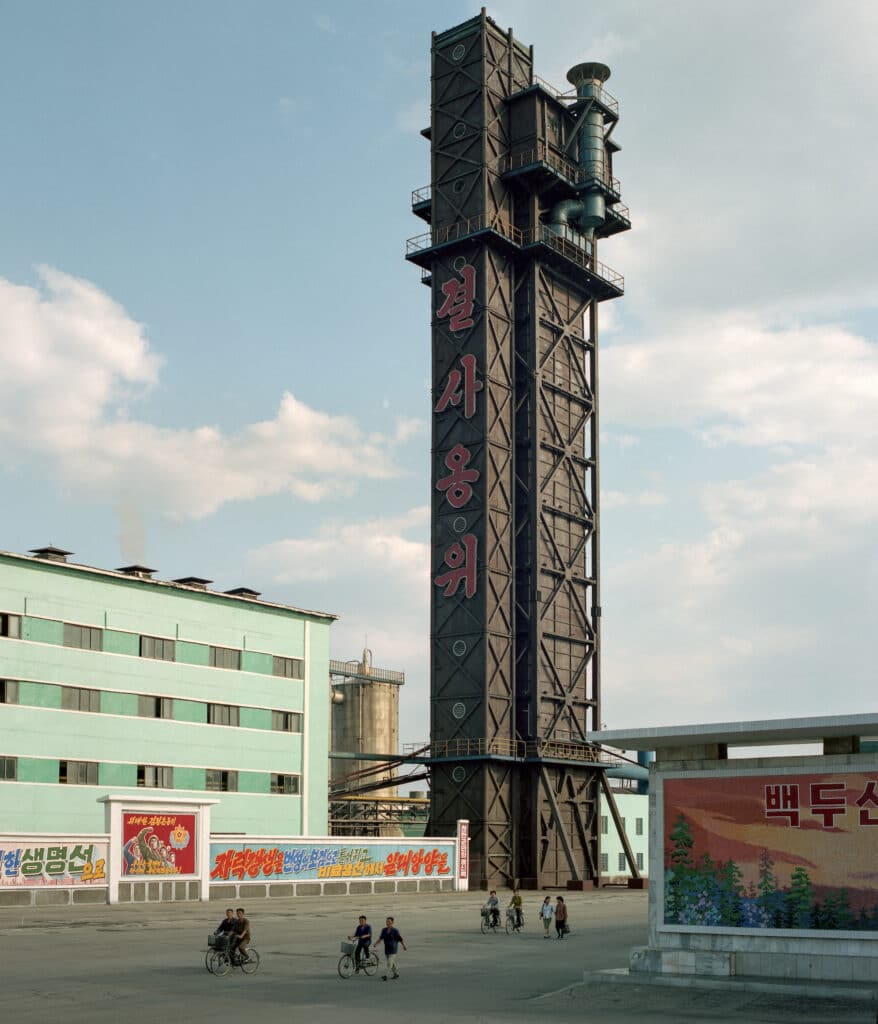
Non-existent lives
“Interviewing the defectors was quite a difficult task,” admits Franco. “Some of them don’t want to be exposed to the light of day, and still fear the repercussions from North Korea.” The twenty or so defectors who took part in the project were North Koreans who had already spoken out publicly. After a prolonged debate, fifteen profiles were finally chosen. “Some of the stories seemed so incredible that I doubted their veracity.”
Despite his desire to adhere to reality as close as possible, truth remains an issue. It is impossible to verify the facts in any story set in North Korea. “I can’t claim to have done a journalistic project. It’s a project in which I relate the lives of North Koreans as they told them to me.”
Not to mention the fact that North Korea remains a sore topic that South Koreans tend to avoid on a daily basis. “North Korea is like the family ‘ball and chain.’ North Korea is the reason why all men submit to two years of compulsory military service. North Korea is a source of stress whenever it conducts nuclear tests.” Some printers in South Korea even refused to print Unperson. Exhibiting such a project in an art gallery is a first for Tim Franco.
Tim Franco, Unperson, exhibition at Galerie Sit Down, Paris, France, June 1 to July 29, 2023.
Tim Franco, Unperson: Portraits of North Korean Defectors,Thames & Hudson / Magenta Foundation. Texts by Tim Franco and Sébastien Falletti. €37, 96pp.

